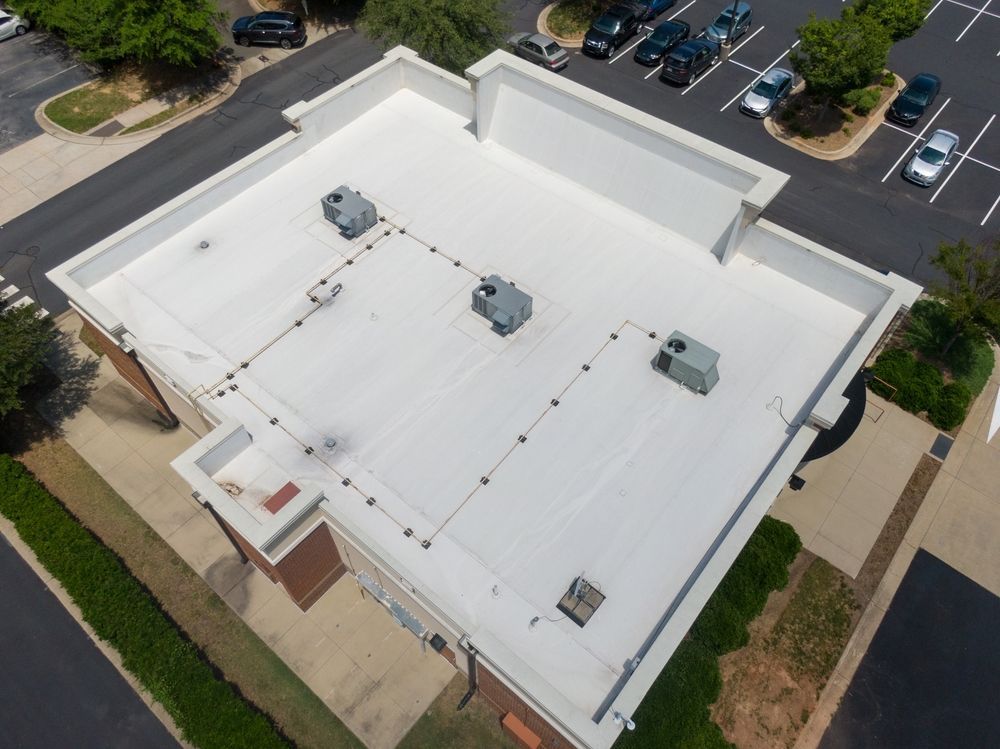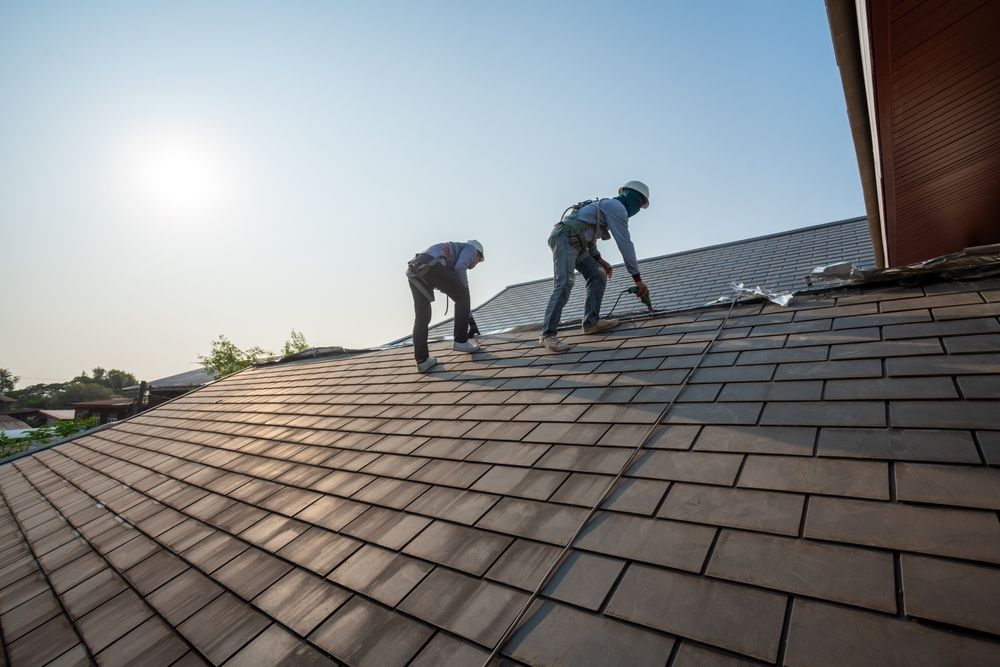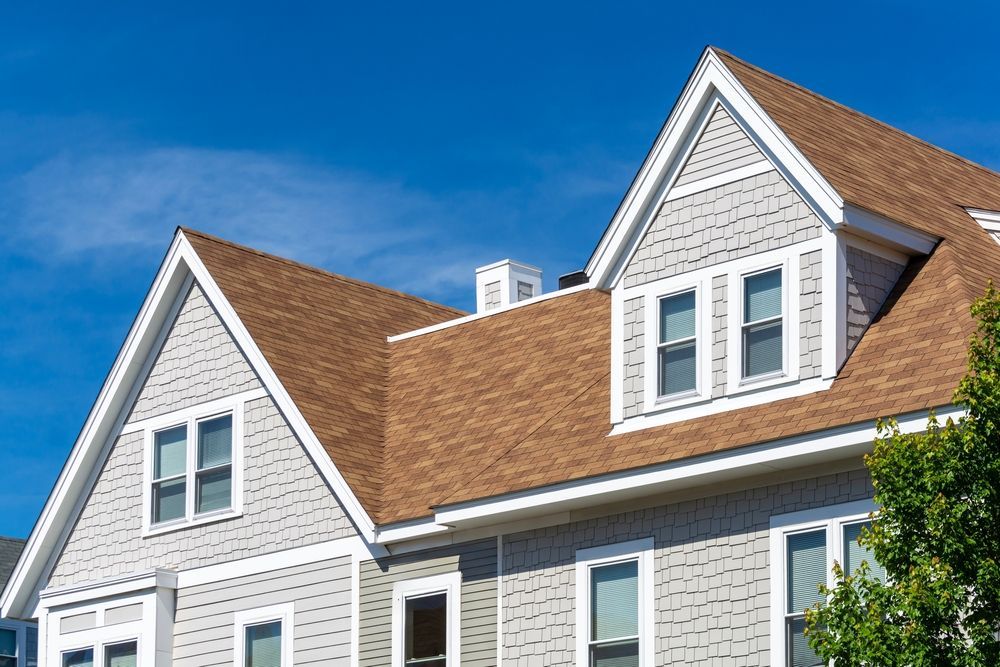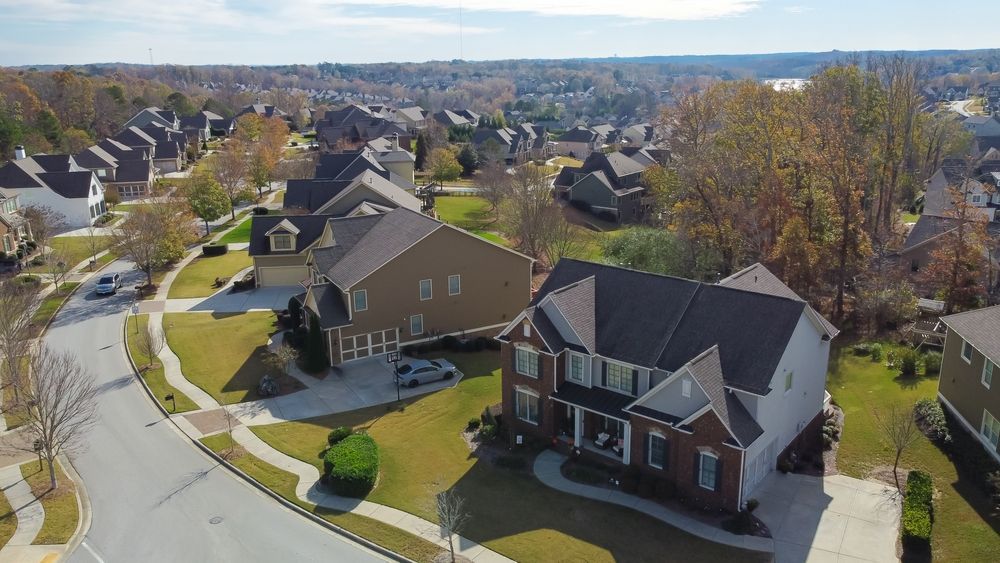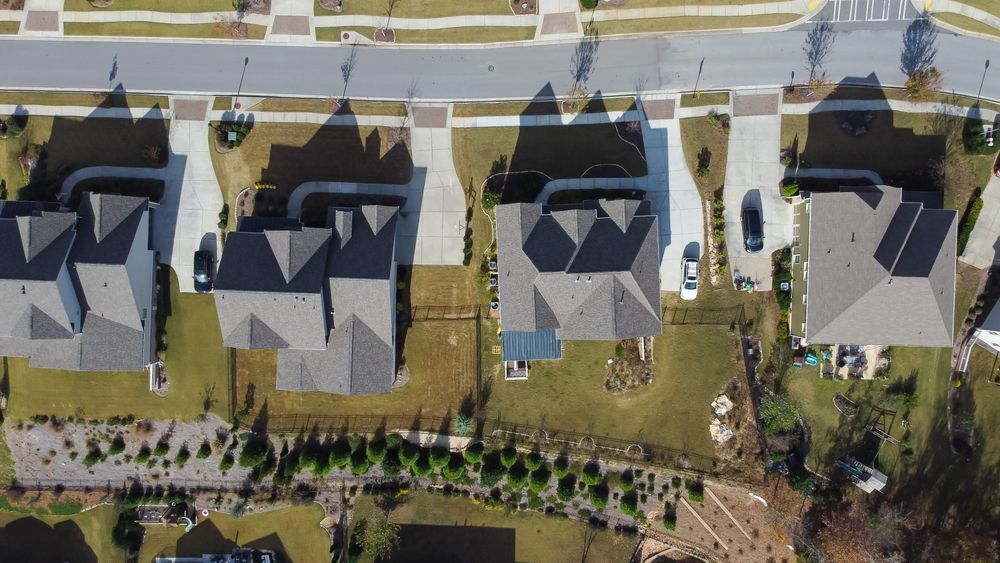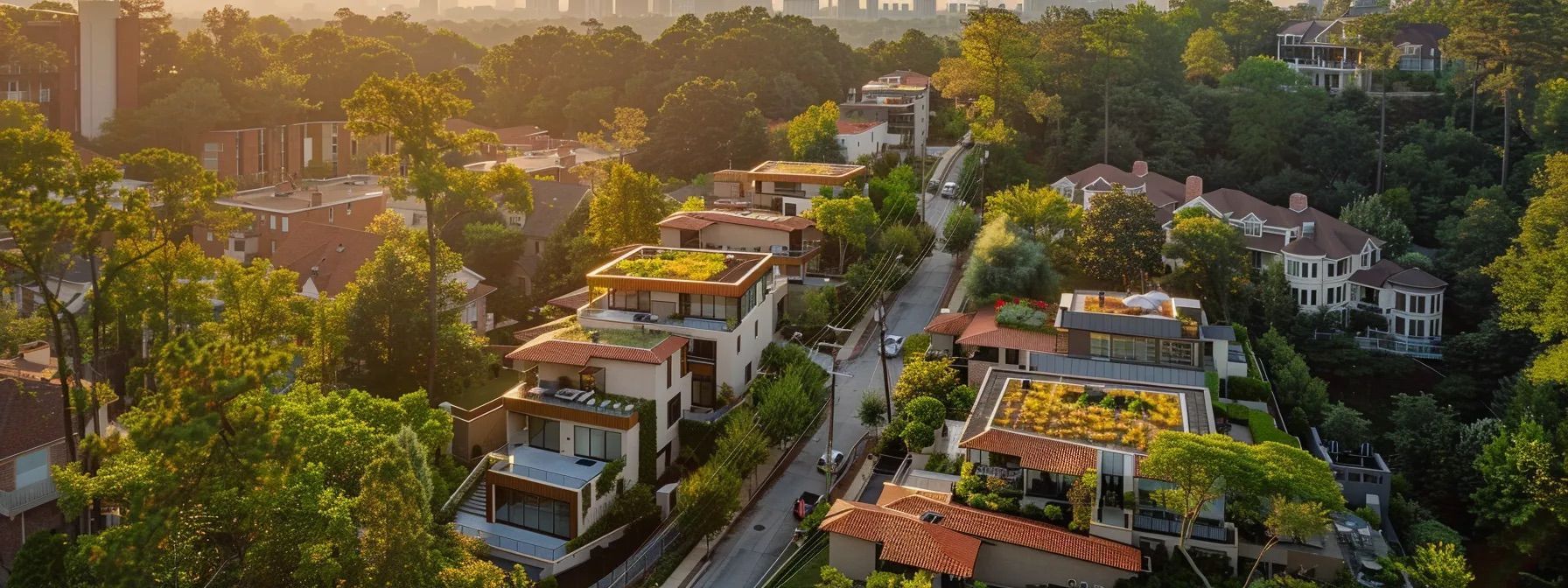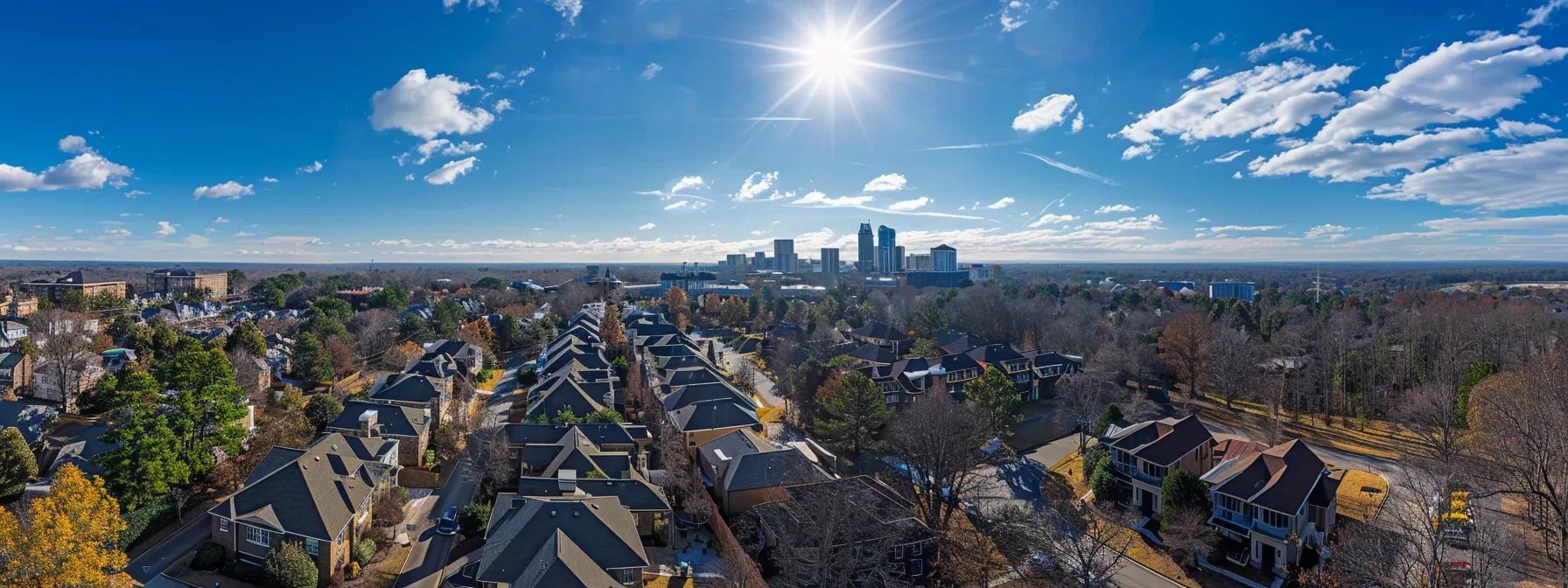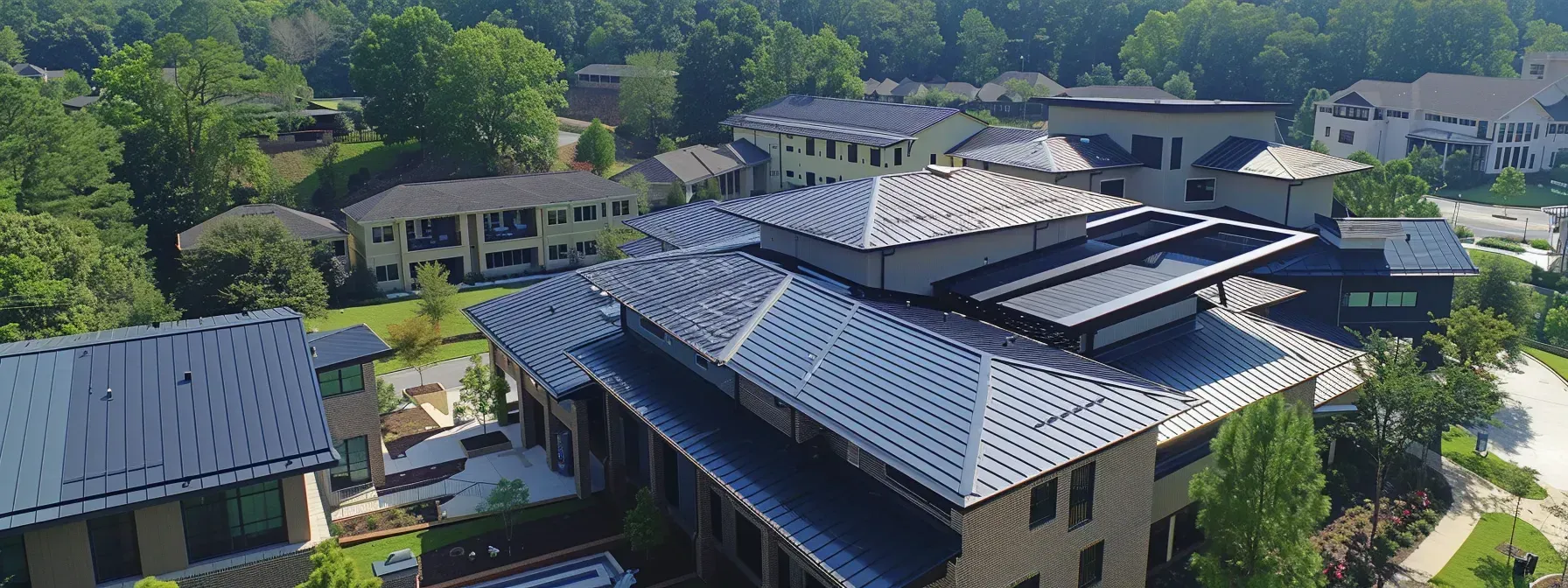How to Get Insurance to Pay for Roof Replacement in Georgia
Few things cause more stress for a Georgia homeowner than discovering roof damage. Missing shingles, a sagging roofline, or leaks after a storm don’t just threaten your home’s appearance—they threaten your entire structure. Left unchecked, water damage can destroy insulation, warp drywall, rot wood framing, and invite pests and mold into your attic and walls.
Unfortunately, roof repairs and replacements can be expensive. The good news? If your damage was caused by a covered event, your homeowners insurance may pay for all or part of the cost to replace your roof. The key is knowing how to navigate the process correctly.
At Total Roof Solutions, we help homeowners across Georgia—from McDonough and Atlanta to Savannah and beyond—get the insurance coverage they deserve. Below, we’ll walk you through how to get insurance to pay for roof replacement in Georgia, what your policy actually covers, how to file a successful claim, and what to do if your claim is denied.
Understanding Roof Insurance Coverage in Georgia
Before you ever file a claim, it’s essential to know what kind of roof damage your insurance policy actually covers—and what it doesn’t.
Covered Perils
Most homeowners insurance policies cover sudden and accidental damage caused by “perils” such as:
- Windstorms and hail
- Falling trees or debris
- Fire and smoke damage
- Lightning strikes
- Damage from weight of snow or ice
In Georgia, wind and hail are the most common causes of roof insurance claims, especially during the state’s intense spring and summer storm seasons.
If a storm blows through and tears off shingles, punctures your underlayment, or damages flashing and gutters, that typically qualifies as a covered event.
What’s Not Covered: Exclusions
On the other hand, wear and tear, aging, and neglect are almost never covered. Your insurer expects you to maintain your roof with regular inspections and maintenance.
That means damage from the following is usually excluded:
- Long-term leaks or water intrusion
- Gradual shingle deterioration or granule loss
- Mold and rot caused by neglect
- Poor workmanship or unpermitted repairs
- Improper ventilation or installation issues
If your roof is already 15–20 years old, your claim may also face extra scrutiny. Insurers may argue that the roof’s age—not the storm—was the main reason for failure.
Deductibles
Every homeowners policy includes a deductible, which is the amount you pay out of pocket before insurance kicks in.
In Georgia, many policies use percentage-based wind or hail deductibles, typically 1% to 5% of your home’s insured value. That means if your home is insured for $300,000 and you have a 2% deductible, you’d owe $6,000 before your insurer covers the rest.
Higher deductibles usually mean lower monthly premiums, but you’ll have to cover more when damage happens.
Replacement Cost vs. Actual Cash Value
One of the biggest factors determining how much your insurance pays for roof replacement is whether your policy uses Replacement Cost Value (RCV) or Actual Cash Value (ACV) coverage.
- Replacement Cost Value (RCV): Pays the full cost to replace your roof with materials of similar kind and quality, minus your deductible.
- Actual Cash Value (ACV): Pays only the depreciated value of your roof based on age and condition.
For example, if you installed your roof 12 years ago, an ACV policy will deduct for depreciation, meaning your payout will be far less than the full replacement cost. RCV coverage, by contrast, pays for a brand-new roof.
When choosing insurance roofing services, make sure you understand which type of policy you have—it can mean the difference between thousands of dollars out of pocket or a fully covered replacement.
Step-by-Step: How to Get Insurance to Pay for Roof Replacement in Georgia
Filing a roof claim can feel intimidating, especially if you’ve never done it before. But following the right steps, in the right order, can make all the difference.
Here’s how the process works:
1. Inspect and Document the Damage
After a storm or visible roof issue, the first step is to document everything.
- Take clear photos of any missing shingles, dented gutters, fallen branches, or visible holes.
- Look for interior signs like water stains, sagging drywall, or mold around ceiling vents.
- Record the date and time of the storm or event.
- If possible, reference local weather data confirming hail or wind activity in your ZIP code.
Tip: Don’t climb onto the roof yourself—let a professional roofer handle the inspection safely.
2. Schedule a Professional Roof Inspection
Before contacting your insurance company, call a licensed Georgia roofing contractor—preferably one experienced in insurance restoration work.
At Total Roof Solutions, we provide free roof inspections and detailed reports identifying storm damage, photographs, and repair estimates that can be used for your claim.
A professional inspection strengthens your case and helps you avoid claim denials caused by incomplete documentation.
3. Contact Your Insurance Company
Once you have your inspection report and photos, contact your insurance provider.
Be ready to:
- Explain what happened and when.
- Provide your documentation and photos.
- Request to file a roof damage claim.
Pro tip: File as soon as possible—most policies require claims to be reported within a specific time window after the damage occurs. Delays can lead to denial.
4. Meet with the Insurance Adjuster
After you file, your insurer will schedule an adjuster inspection to verify the damage and estimate repair costs.
Have your roofing contractor present during this appointment. The adjuster represents the insurance company, and your roofer represents you. They’ll ensure all damage is identified, not just the obvious spots.
Make sure the adjuster documents:
- Roof surface damage (shingle bruising, punctures, tears)
- Structural damage to decking or underlayment
- Damage to vents, flashing, gutters, and skylights
- Water intrusion evidence inside your home
5. Review the Insurance Estimate
After inspection, your insurer will issue a claim estimate detailing what they’ll pay for. Review this document carefully.
If your policy includes replacement cost coverage, you may initially receive a partial payment (the actual cash value). The remaining amount—called recoverable depreciation—is paid after the work is completed and verified.
If the insurer’s estimate seems too low or omits necessary repairs, your contractor can help you submit a supplement to request additional funds.
6. Approve the Work and Begin Roof Replacement
Once the claim is approved, you’ll sign a work authorization with your roofing company.
Your roofer will then:
- Order materials that meet local code and match your home’s design
- Complete the replacement or roof insurance repairs
- Provide a warranty for both materials and workmanship
At Total Roof Solutions, we coordinate directly with your insurance company so you don’t have to manage the back-and-forth. Our team ensures all repairs meet Georgia building standards and insurance documentation requirements.
7. Receive Final Payout
After your new roof is installed, your roofer submits a completion certificate and final invoice to your insurance company. Once verified, you’ll receive the second payment (if applicable), covering any withheld depreciation.
You’ll only be responsible for your deductible and any chosen upgrades.
How to Maximize Your Roof Insurance Claim
Even small mistakes can lead to claim delays or denials. Here are our top tips for maximizing your insurance payout:
Document Everything
Take photos and videos before, during, and after storms. Keep copies of inspection reports, receipts, and communications with your insurer.
Maintain Your Roof Year-Round
Insurance companies expect homeowners to maintain their roofs. Schedule annual inspections and clear debris to show that your roof was in good condition before the storm.
Don’t Delay Repairs
If you notice missing shingles or leaks, act fast. Insurers may deny claims for “failure to mitigate,” meaning you didn’t take timely steps to prevent further damage.
Partner With a Trusted Roofing Company
A reputable local roofer experienced in roof insurance restoration can make or break your claim. They’ll handle inspections, documentation, adjuster meetings, and ensure your roof is replaced properly and on budget.
At Total Roof Solutions, our licensed, bonded, and insured team works with all major insurance carriers throughout Georgia. We’re not just roofers—we’re your insurance restoration advocates.
Common Questions About Roof Insurance Repairs in Georgia
Does homeowners insurance cover roof repairs?
Yes—if the damage was sudden and caused by a covered peril like hail, wind, or fire. However, normal aging or poor maintenance is not covered.
Are roof repairs covered by insurance if the roof is old?
Possibly, but older roofs often have depreciated value under ACV policies. If your roof is more than 15 years old, insurers may only pay a portion of replacement costs.
What’s the difference between roof repairs and roof replacement in a claim?
If damage is limited to one area, your insurer may only pay for repairs. But if the damage affects a large portion of the roof or matching shingles are unavailable, they may cover a full replacement.
What is roof insurance restoration?
Roof insurance restoration is the process of repairing or replacing your roof after a covered event, with the costs reimbursed by your homeowners insurance.
How long do I have to file a claim in Georgia?
Most insurance providers require claims within 6–12 months of the damage, but always check your policy for deadlines.
Will filing a roof claim raise my insurance premium?
It depends. One weather-related claim may not raise rates significantly, but multiple claims in a short period can affect premiums or renewals.
What if my claim is denied?
If your claim is denied, request the reason in writing. You can appeal the decision, provide additional documentation, or consult a public adjuster or attorney specializing in property insurance claims.
Why Choose Total Roof Solutions for Insurance Roofing Services in Georgia
At Total Roof Solutions, we’ve built our reputation on integrity, craftsmanship, and customer advocacy. Our team works side by side with Georgia homeowners to ensure every valid insurance claim is approved and every roof replacement meets our Platinum Preferred Owens Corning standards.
When you work with us, you get:
- Free roof inspections and detailed damage reports
- Expert claim assistance and adjuster coordination
- Licensed, bonded, and insured professionals
- Top-quality materials backed by warranty
- Fast, clean, and code-compliant installations
Whether you live in McDonough, Atlanta, or anywhere across Georgia, we’re here to make your insurance roof replacement as smooth and stress-free as possible.
Your roof protects everything under it—and when it’s damaged, you shouldn’t have to fight your insurance company to restore your home. Understanding your policy, documenting damage, and working with a trusted roofing expert are the keys to getting your claim approved.
At Total Roof Solutions, we specialize in helping Georgia homeowners get insurance to pay for roof replacements quickly, fairly, and with minimal hassle.
Has your roof been damaged by a recent storm? Don’t wait.
Contact Total Roof Solutions today for a free roof inspection and insurance claim consultation. Our team will evaluate your damage, review your coverage, and walk you through the entire process—so you can get your roof replaced and your peace of mind restored.
Call today or request a free estimate online to schedule your free inspection and claim assistance.
